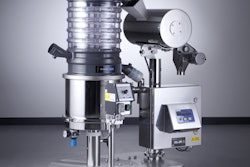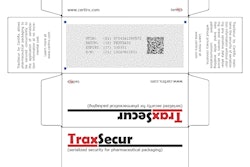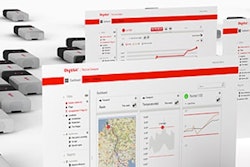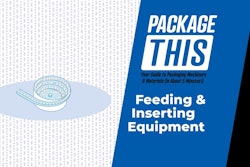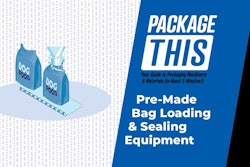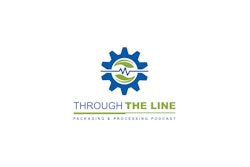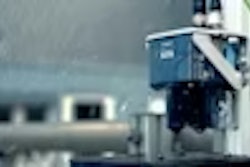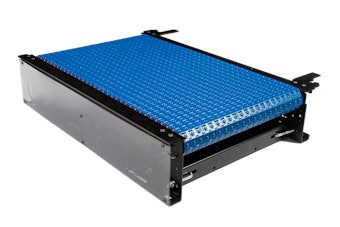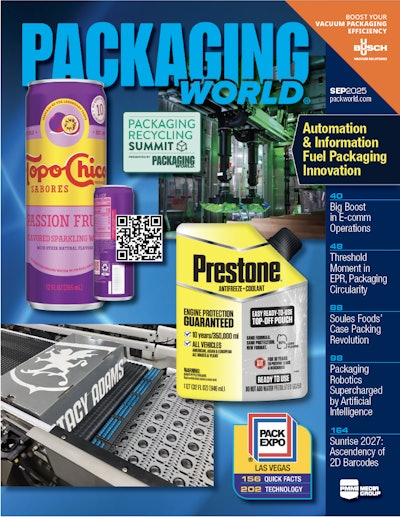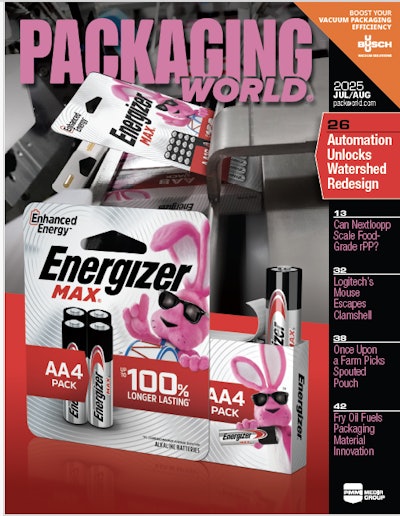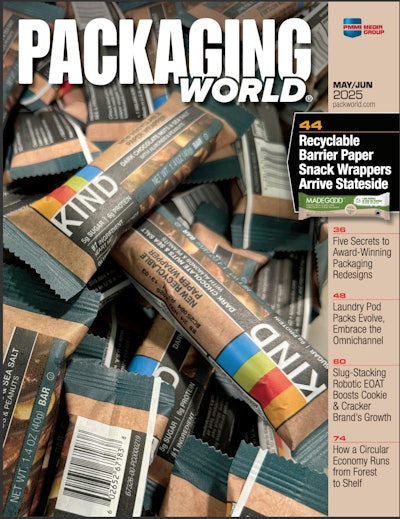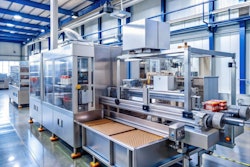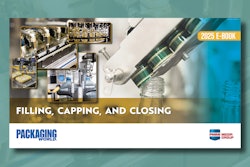Focus on the hard justifications, which will require you to provide data to demonstrate a return on investment. Then back it up with additional soft justifications for which you don’t have data but which support clear benefits. For example, you may be able to provide three hard justifications that will generate more than $590,000 in savings over a three-year period. Then you may be able to pick out seven other soft justifications for which you can’t produce data.
You should never try to justify a project solely on soft justifications—at most companies, there are too many accountants who will require hard justifications. Be sure to include cost avoidance, not just cost savings, in your justifications.
1. Reduction/elimination of excessive maintenance costs. Even if you track the cost of breakdowns, repairs, and maintenance to keep an older machine going, the math sometimes doesn’t justify a replacement machine. The key in looking at maintenance costs is to take a take holistic view of costs over the life cycle of a given machine. And maintenance costs, including costs of spares, vary widely in given applications and given environments.
2. More sales due to more uptime. You can only realistically use this justification if you’re selling 100% of what you make, you’re maxed out in shifts, and if it’s indisputable that any marginal additional amount you can produce also will be sold.
3. Reduced work periods, shifts, and overtime. This is tricky due to the nuances in separating fixed costs that you incur anyway (overhead, lighting, rent, etc.) from variable costs (hourly workers staffing the line). Also, by eliminating downtime you may not actually reap as much savings as you thought because you aren’t necessarily going to send people home and save that money.
4. Full depreciation at the end of its useful life. At the end of the depreciation period, the justification is that you need a new machine to remain competitive. Some engineers have found more success with this justification versus relying on justifications related to downtime or maintenance costs.
5. Flexibility for the future. Financial justifications must acknowledge the fact that packaging itself now changes so frequently, it requires machinery that can satisfy not only the current project but package designs yet to be created. In other words, flexibility can be its own justification.
6. Material savings. If you switch to a machine that will enable the running of a different or thinner material, the material savings can partially justify the investment in new equipment. You must be able to support this with
in-depth analysis of potential efficiencies.
7. Less rework. This has associated costs in labor, space, scrap, and material disposal, and the time lost to produce product that needs rework versus producing good product
the first time.
8. Keep scope in check. Scope creep can render all prior financial justifications useless. Ensure that critical success factors are fully vetted during the financial justification process.
9. Take the long view. Once financial justification is agreed upon, it needs to be held accountable. Often projects are justified, but a year later, it’s discovered that the goals were never achieved. From scrap reduction to labor savings or whatever the anticipated objective was, you need to ensure those dollars come to fruition.
10. Total cost of ownership (TCO). The topic of TCO is among the most provocative of any in this Playbook. Some CPGs swear by it, some swear at it, and some use it as part of a process. “TCO is a great concept that doesn’t get implemented well probably 80% of the time,” says one CPG engineer. While it’s easy to quantify acquisition and installation costs, it’s a different story when it comes to maintenance or sustainability. The fact that there’s no standard, accepted metrics for these can make true TCO difficult. Another CPG engineer provides a contrarian view of any attempt at estimating a TCO up front: “You can make up whatever kind of number you want on a new machine; it’s crap on top of BS, it’s all based on assumptions. TCO only works after five years, when you look at an installed asset and compare it to an installed asset someplace else over the same time period.”
Liked this article? Download the End of Line Playbook here. Download the Primary Playbook here.



